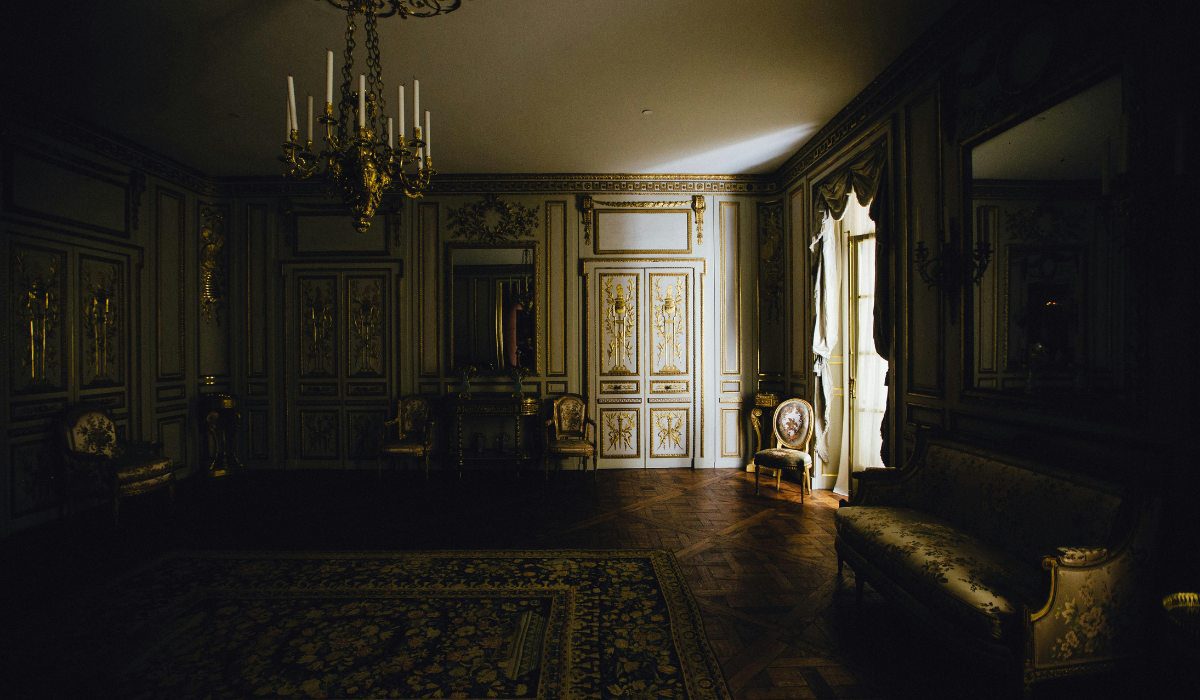Lighting is an essential component of your home decor scheme, both in terms of function and aesthetics. While lighting up your home might seem like a fairly simple process, it can severely affect the functionality and appearance of your space if not done correctly. Ensuring proper lighting goes beyond merely installing lighting fixtures that match your decor scheme. There are several common mistakes that homeowners tend to make when it comes to lighting. In this article, we will talk about some such mistakes and explore some troubleshooting tips to set them right.
See also: Soft vs warm vs daylight lighting: Which one to choose?
Ignoring layering
If you have just one kind of fixture installed in your space, say overhead ones, there is a high possibility that your space might feel flat and uninviting due to the lack of layering. Make sure to layer your lighting with a combination of ambient, task and accent lighting for an effect that is layered yet balanced. An example of this is using chandeliers or ceiling lights for ambient lighting, table-lamps or specialised LED installations for task lighting, and wall sconces or LED strips for accent lighting.
Overlooking natural light
Not paying attention to the amount of natural light a room receives might cause over-reliance on artificial lighting. Moreover, not having knowledge about the adequacy of illumination provided by natural light might lead to poor lighting placement. To fix this, carefully evaluate how natural light impacts your space through the course of the day. Control the intensity of natural light entering the room by using light-filter curtains or shades and place fixtures strategically to complement it rather than making it overwhelming.
Incorrect brightness and colour temperature
Considering the desired ambiance is an essential factor while deciding the kind of lighting. Bulbs that are too dim or bright or choosing the wrong temperature might significantly hamper the illumination of the space. Always choose bulbs with the appropriate lumens best suited for the space and purpose. Higher lumens are preferred for task areas like kitchens and lower for ambiance in living rooms. For colour temperature, warm white (2700K) is recommended for cosy areas while cool white (4000K) is more suited for active areas like workspaces.
Neglecting dimmers
Dimmers help provide a more dynamic and flexible space by allowing you to adjust the lighting for different activities and moods. Neglecting them might limit your ability to control the lighting to suit the occasion. Consider installing them to control the intensity of your lighting in order to create different atmospheres and adapt to various tasks and times of the day.
Poor fixture placement
If not positioned correctly, installing fixtures might result in harsh shadows, overly bright spots or uneven lighting, thereby defeating the purpose of illumination. Ensure even illumination with strategic placement of fixtures. For task areas for activities like reading or cooking, position them directly where they are needed. Soften harsh light and reduce glare by using diffusers or lampshades wherever necessary.
Ignoring scale and proportion
Not taking into account the room’s proportion while choosing might lead to the installation of fixtures that are too small or too large for the space, thereby hampering the balance of the room. The size of the fixtures should be in proportion to the size of the room and furniture. A large chandelier is suited only for spacious rooms like the dining room or living room while smaller areas should feature pendants or sconces only.
Lack of focused lighting
The purpose of lighting should also be to highlight the special features of your home, such as architectural details and special pieces of art or decor. Failure to do so might make the space less dynamic. This can be done using accent lighting, including spotlights or track lighting, to highlight the specific features like artwork, sculptures or architectural details. This ensure adequate depth and interest for your space.
Overlooking lighting control
Failure to consider how to control lighting in a proper manner can result in inconvenience and inefficient use of energy. To prevent this, make sure to incorporate smart lighting controls or timers to automate and customise your lighting. This will ensure both energy efficiency and convenience of use.
Overlooking task lighting
While ambient lighting is a must, relying solely on it for specialised tasks is not very convenient. The absence of task lighting might reduce visibility, cause eye strain and thereby affect functionality. For areas meant for specific tasks like readings, cooking or working, make sure to incorporate dedicated task lighting. Adjustable desk lamps for workspaces, under-cabinet light for kitchen counters and swing-arm wall sconces for reading nooks are some examples. The main function of the lighting should be to provide focused illumination and reduce shadows.
Incorrect placement in small rooms
Lighting for small rooms needs to be dealt with carefully. Using an overly large, single light fixture in such spaces can overwhelm the room and yet fail to provide adequate illumination. Instead, go for multiple smaller light sources to achieve a balanced, well-lit space. Using a combination of ceiling-mounted lights, wall sconces and lamps is recommended. Bulky fixtures must be avoided to prevent the space from feeling cramped.
FAQs
What are the most common lighting mistakes in home decor?
Neglecting layering, incorrect brightness and temperature, poor fixture placement and overlooking natural light are the most common lighting mistakes.
How can I improve the lighting in a room with no natural light?
Use multiple lighting sources to create a well-balanced and layered scheme, preferably using LED bulbs with a colour temperature of around 4000K to resemble natural light.
What should I consider while choosing light bulbs for my space?
Consider the brightness and colour temperature of the bulbs. Warm white bulbs are suitable for a cosy vibe while cooler ones are meant for work areas.
How can I avoid harsh shadows and uneven lighting?
Use multiple sources and position them strategically, use diffusers or lampshades to prevent harshness and minimise glare and focus on task lighting wherever required.
Why should I incorporate dimmer switches?
Dimmer switches allow you to adjust the light intensity according to the mood, reduce energy consumption and extend the longevity of your fixtures.
How can I light a small room without overwhelming it?
Consider using multiple smaller sources rather than a single large one and avoid bulky fixtures that can make the space feel cramped.
How can I effectively incorporate task lighting?
Task lighting can be incorporated through adjustable lamps, under-cabinet lights and focused spotlights depending on the purpose they are being used for.
| Got any questions or point of view on our article? We would love to hear from you. Write to our Editor-in-Chief Jhumur Ghosh at jhumur.ghosh1@housing.com |







